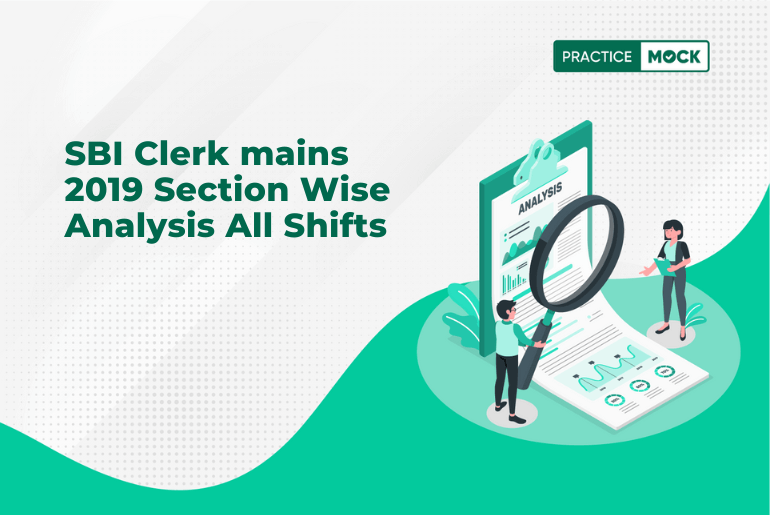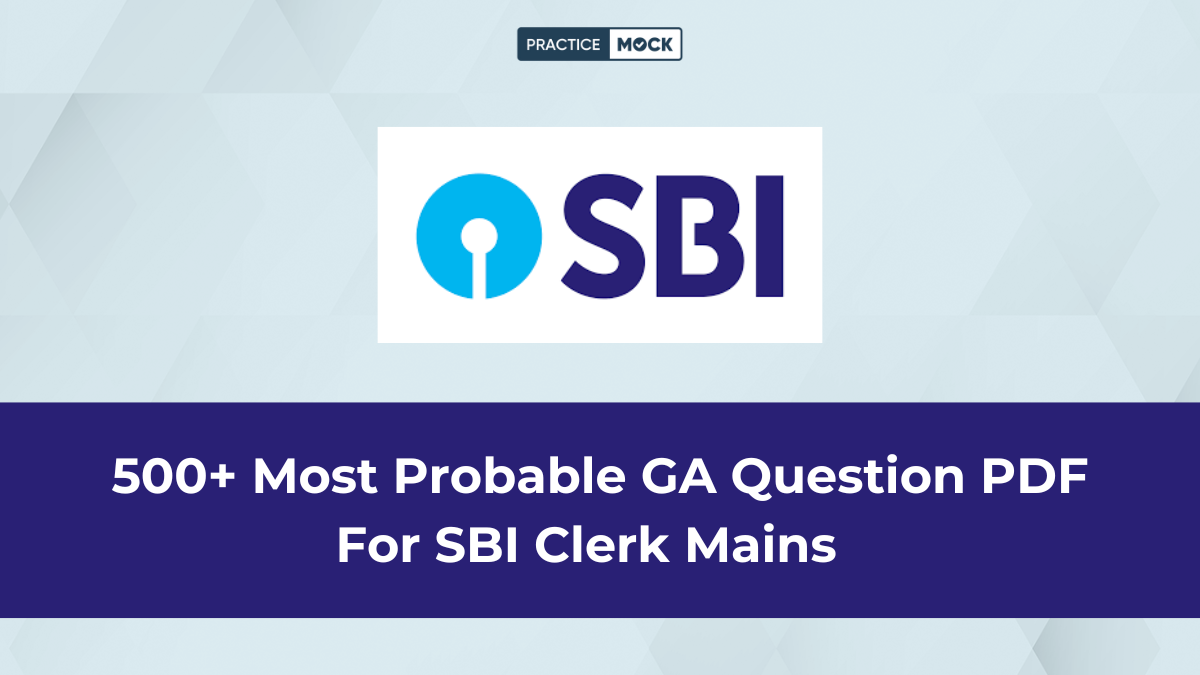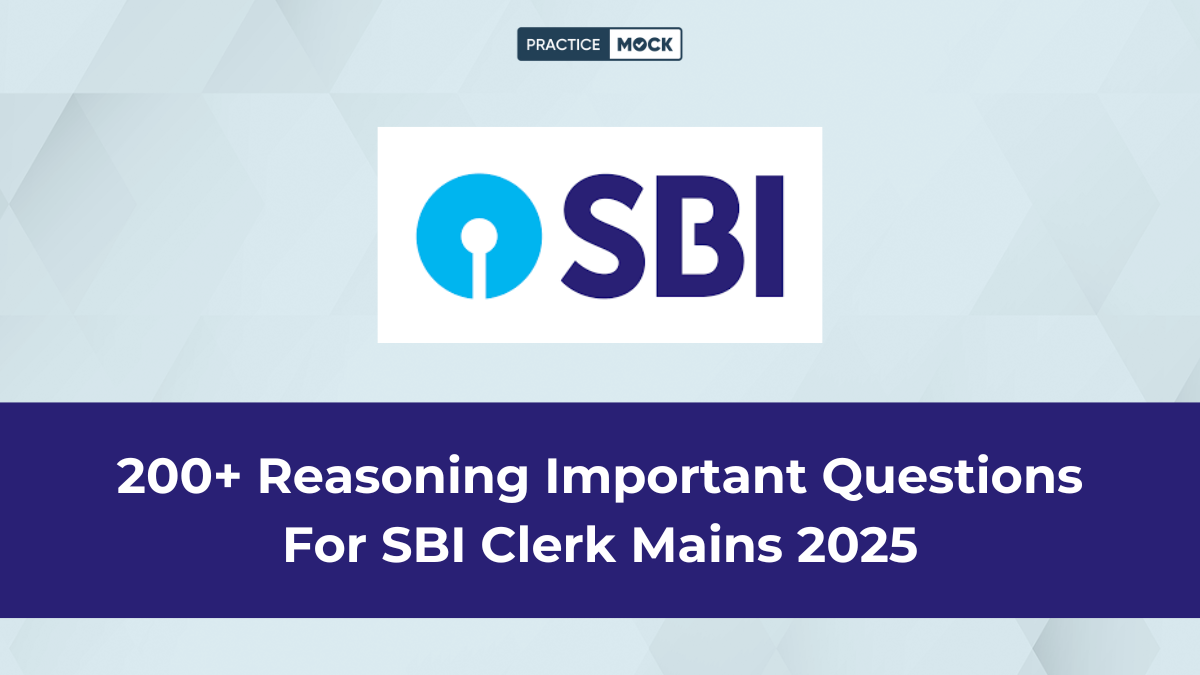SBI Clerk mains 2019 Section Wise Analysis All Shifts


SBI Clerk Mains 2019: The State Bank of India (SBI) Clerk Mains examination is a critical phase in the selection process, determining the fate of aspirants in their pursuit of a banking career. This article delves into a meticulous section-wise analysis across all shifts of the SBI Clerk Mains 2019 exam, providing valuable insights into the challenges faced and the performance expectations for aspirants.
Quantitative Aptitude:
In the Quantitative Aptitude section, candidates encountered a mix of moderate and challenging questions. The topics ranged from arithmetic to data interpretation. Time management played a pivotal role, with some shifts emphasizing complex problem-solving skills. Aspirants were tested on their ability to apply mathematical concepts in real-world scenarios.
Reasoning Ability and Computer Aptitude:
The Reasoning Ability and Computer Aptitude section presented a diverse set of challenges. Puzzles and seating arrangements dominated, with variations in difficulty levels across shifts. The Computer Aptitude segment focused on testing candidates’ familiarity with basic computer concepts and applications, reinforcing the need for a well-rounded preparation strategy.
General English:
The General English section tested candidates on their proficiency in language skills. Reading comprehension passages were diverse, covering themes from economy to technology. Questions on grammar, vocabulary, and sentence construction demanded a comprehensive understanding of the English language, underlining the importance of holistic language preparation.
General Awareness:
The General Awareness section encompassed a broad spectrum of topics, from current affairs to banking and financial awareness. Shifts varied in the emphasis on recent events, reinforcing the need for candidates to stay consistently updated on news and developments. Banking and financial awareness questions ranged from basic to in-depth, testing candidates’ knowledge of the industry.
Strategic Approach and Time Management:
A consistent theme across all sections was the importance of a strategic approach and effective time management. Aspirants who successfully navigated the time constraints and allocated their efforts judiciously were better positioned to tackle the varied challenges presented in each section.
Feedback and Adaptability:
The adaptability of candidates was put to the test as shifts unfolded with distinctive patterns. Aspirants who utilized the feedback from earlier shifts to refine their strategies demonstrated the flexibility necessary for success in dynamic examination environments.
Conclusion:
The SBI Clerk Mains 2019 Section-wise Analysis across all shifts provides aspirants with a comprehensive understanding of the challenges posed in each segment. Learning from the experiences of different shifts, candidates can tailor their preparation strategies to address specific areas of improvement. As the banking landscape evolves, this analysis serves as a valuable tool for aspirants aiming to navigate the intricacies of competitive examinations and secure a coveted position in the banking sector.
Recent Posts
SSC CGL 2 Months Study Plan 2025, Get Free PDF, Topic-Wise Tests
In this blog, we have provided the SSC CGL 2 Months Study Plan, take your…
SSC CGL 2025 Notification, Check Exam Date (Expected)
The SSC will release the SSC CGL 2025 Notification on 22nd April on its official…
RBI Grade B Salary 2025, Check In Hand Salary, Job Profile and Career Growth
RBI Grade B Salary 2025 details are provided. Candidates can check it to know the…
List of First in India GK PDF, Download Now
Know the name of all the personalities who pioneered in a particular field. Be through…
Success Story of Himanshi Cleared IBPS PO and Clerk
PracticeMock's mocks quality is simply amazing says Himanshi who has cleared IBPS Clerk & PO.…
RRB NTPC 2025 Exam Date, Check CBT Exam Schedule
In this blog, we have provided all the details related to the RRB NTPC 2025…



